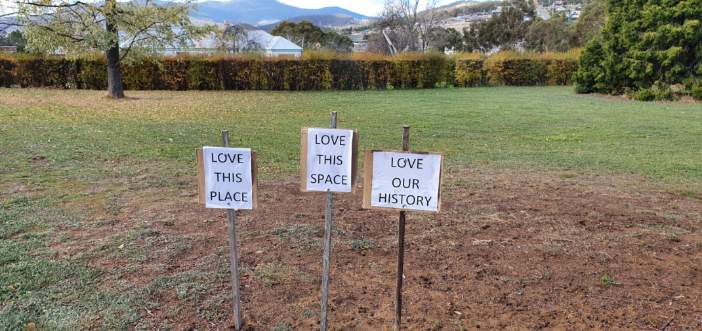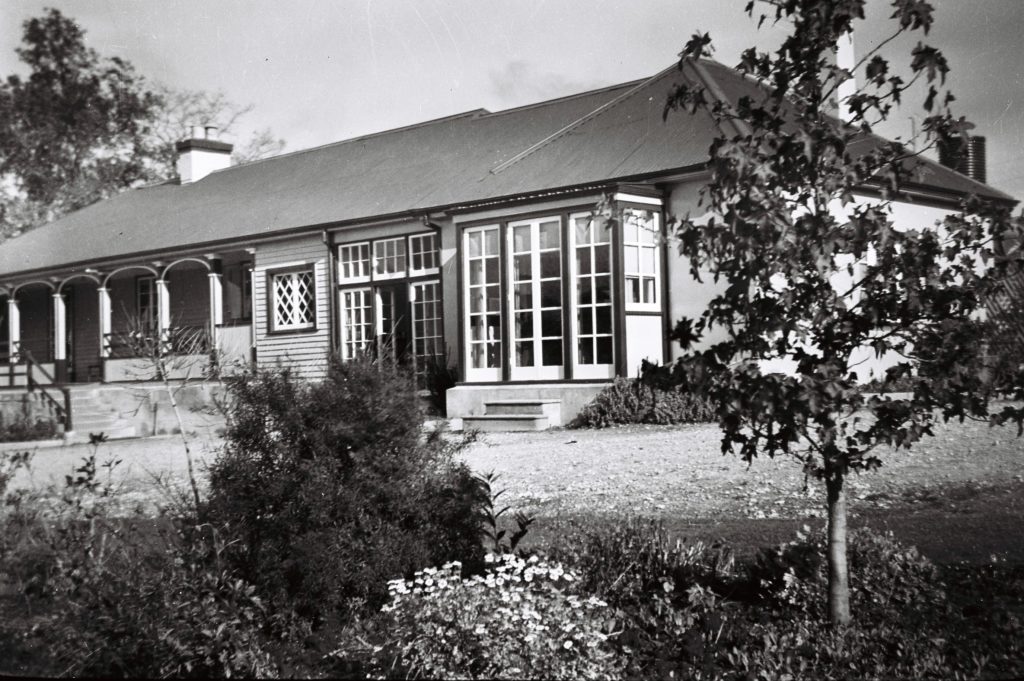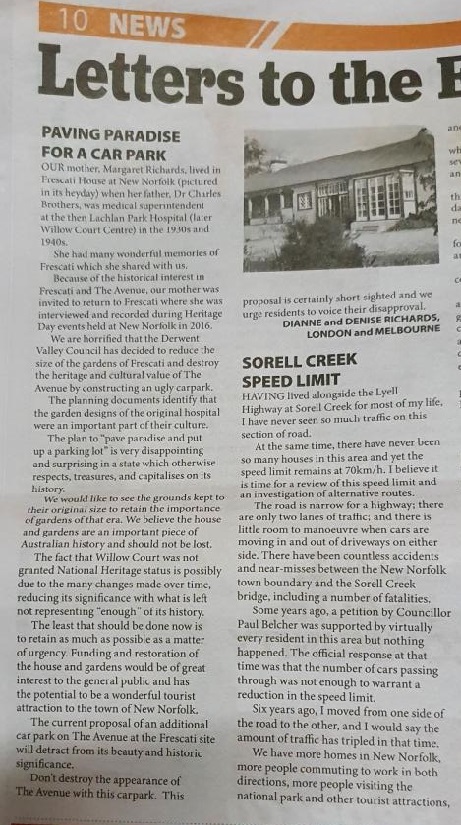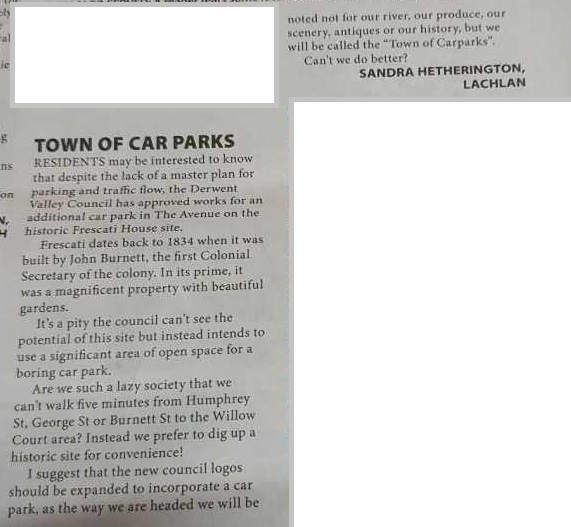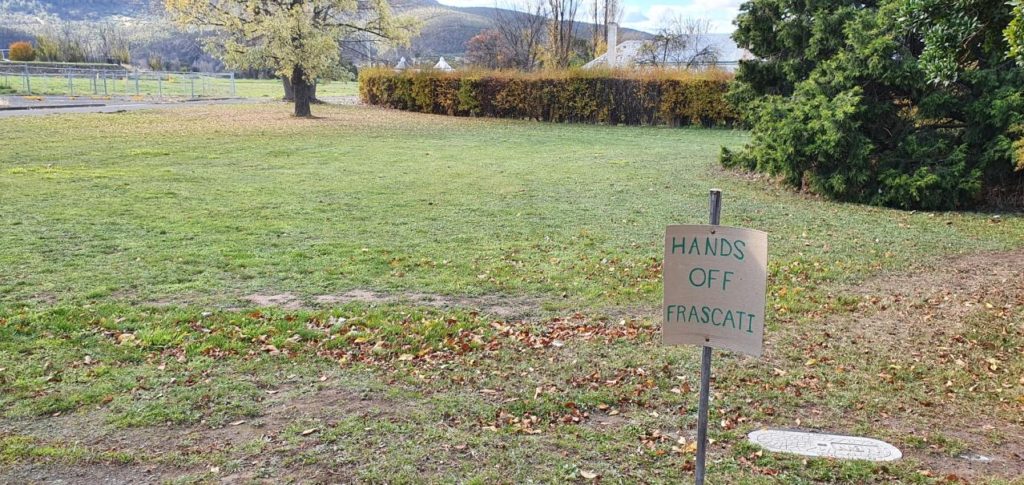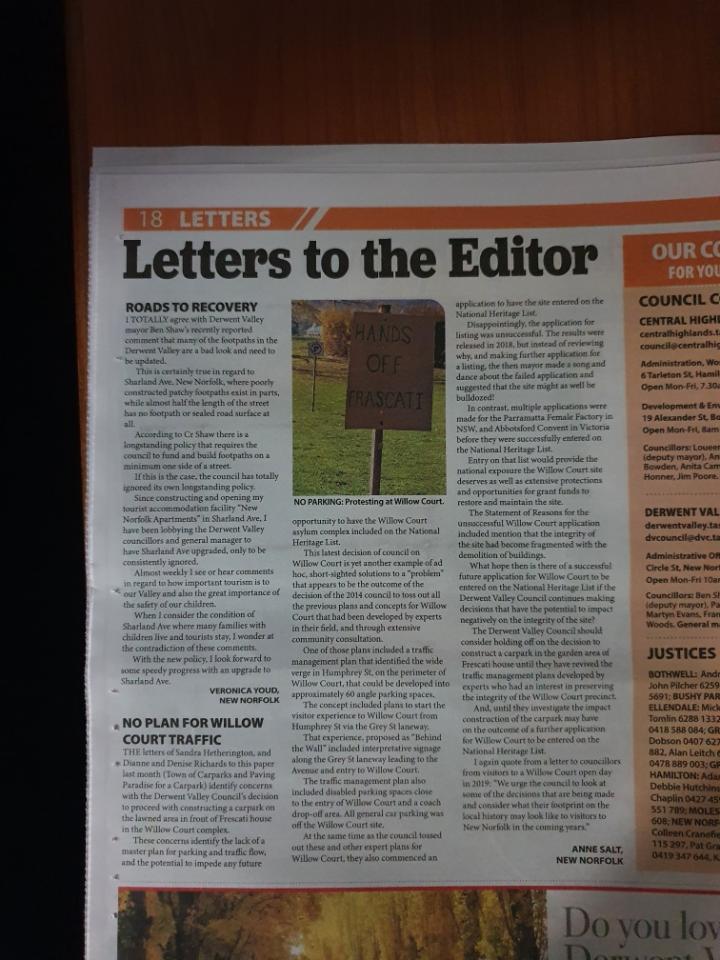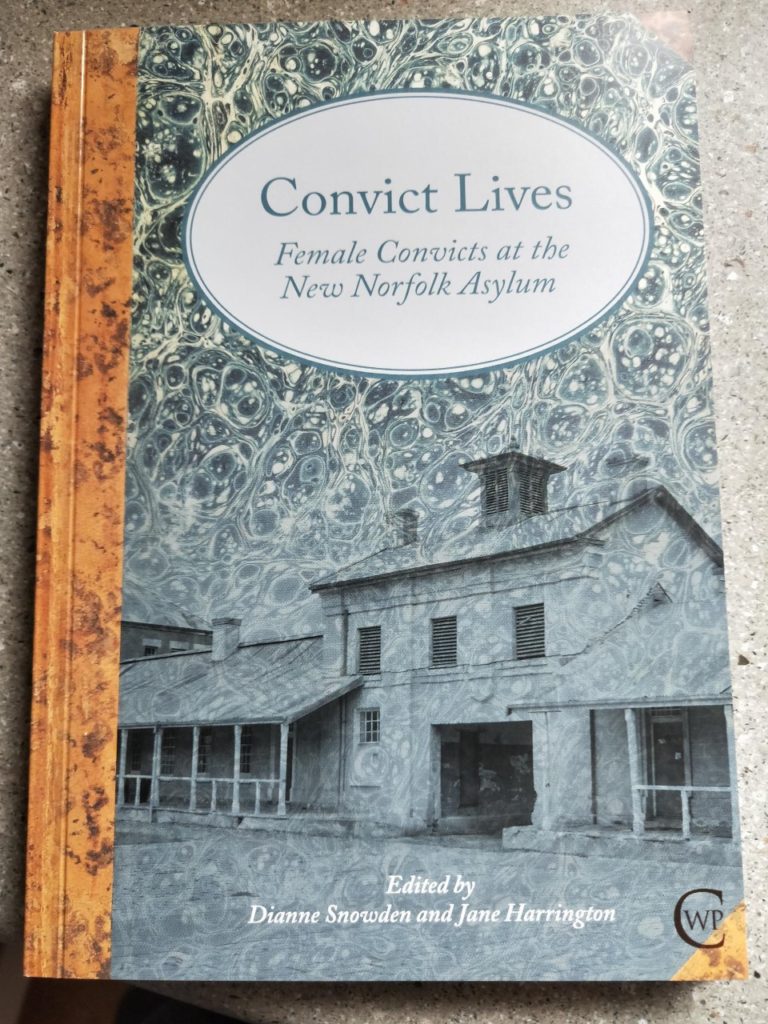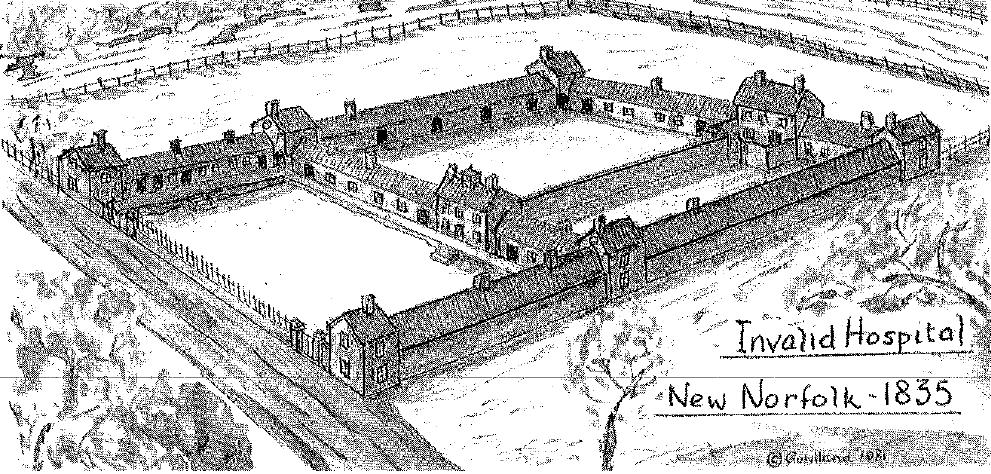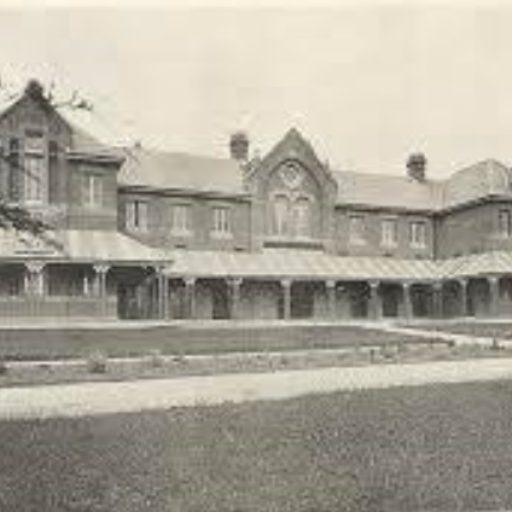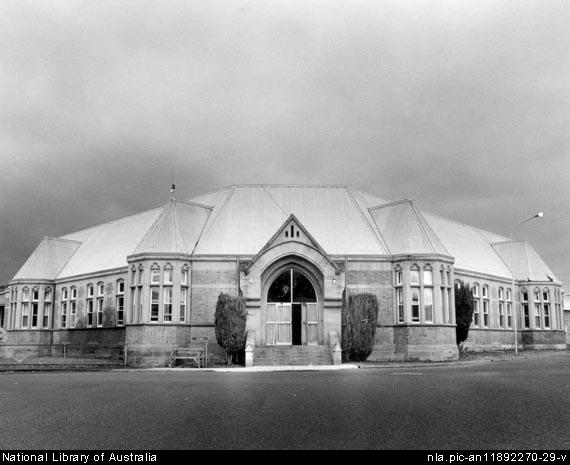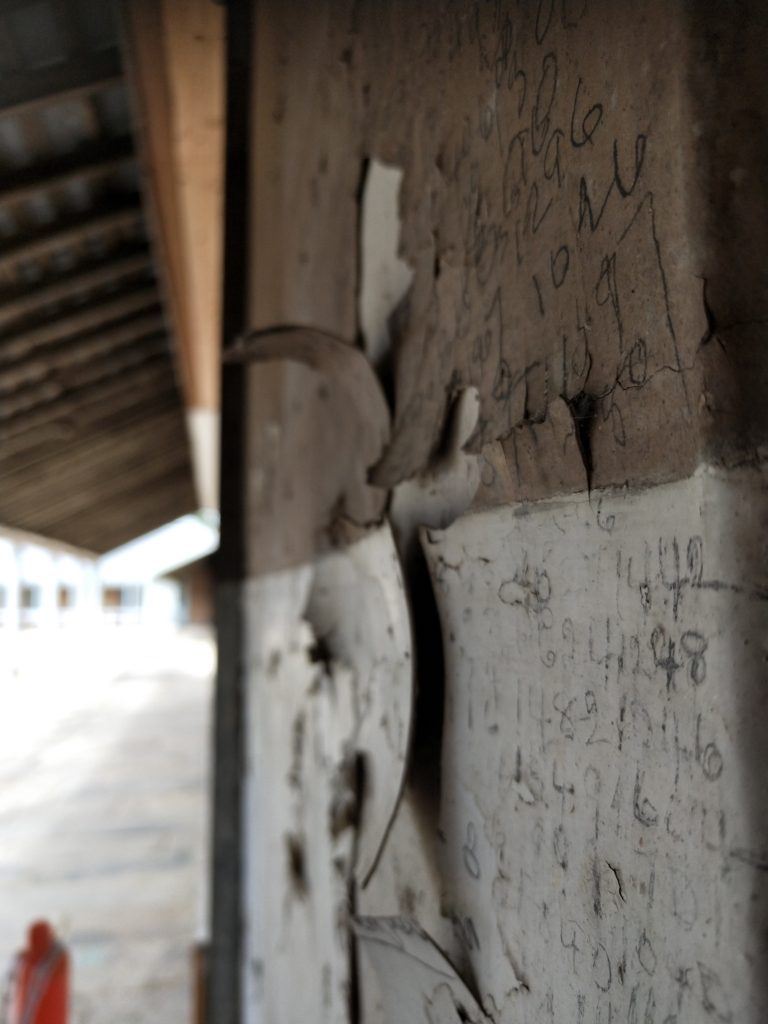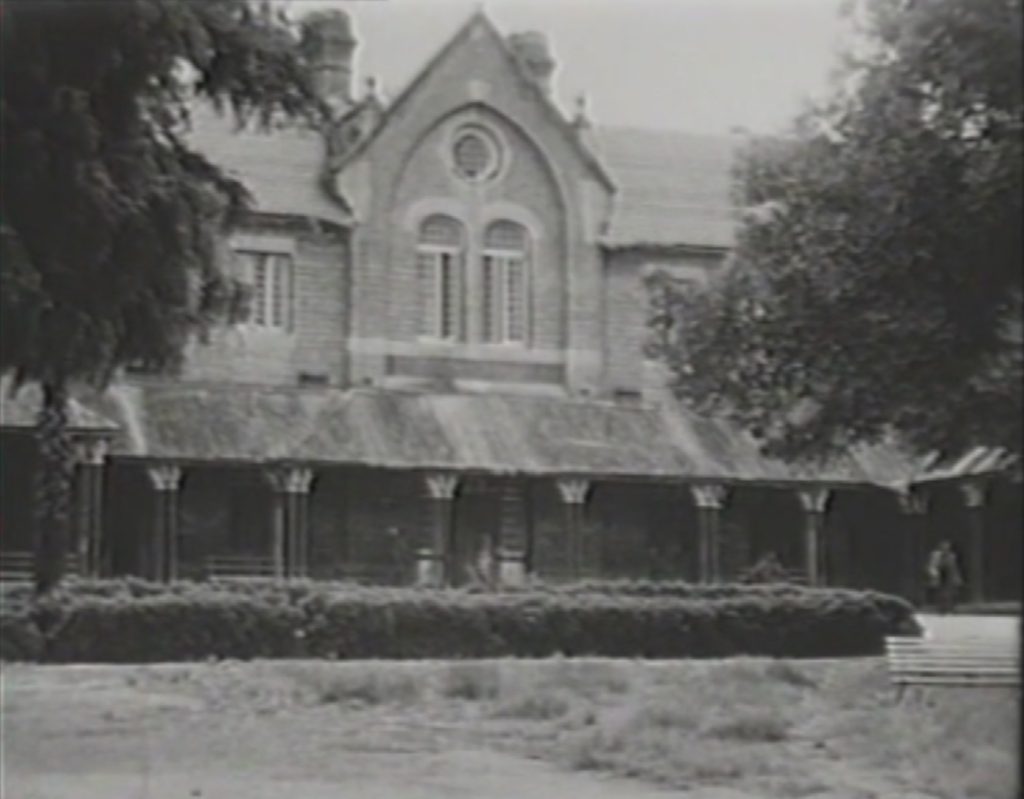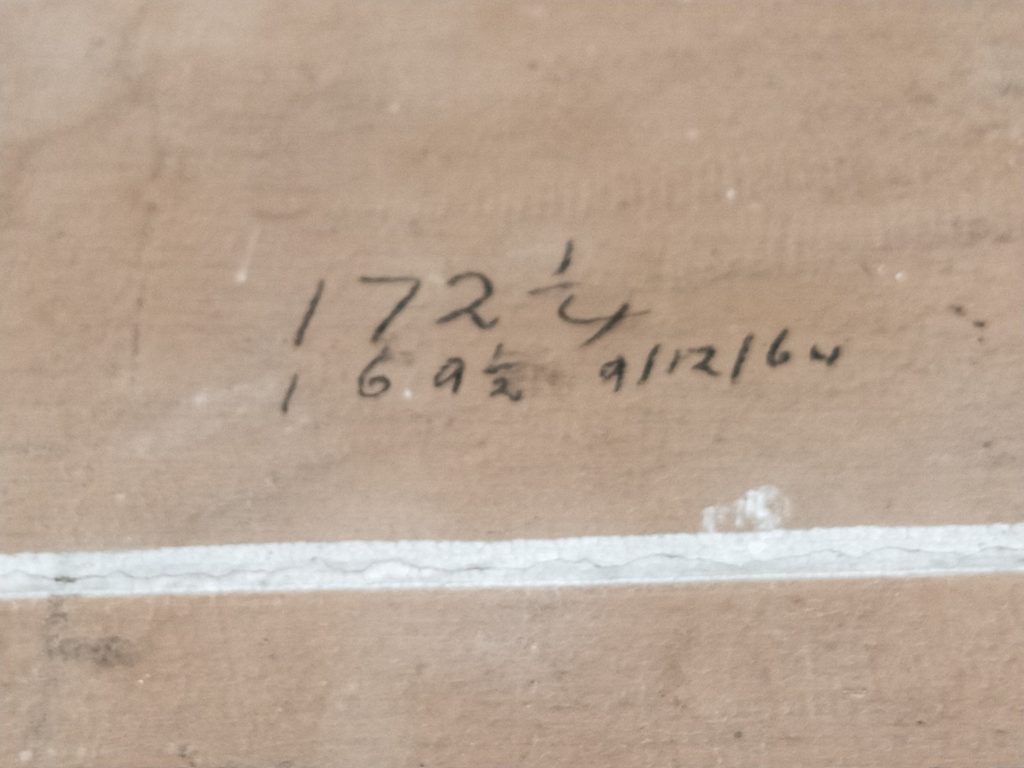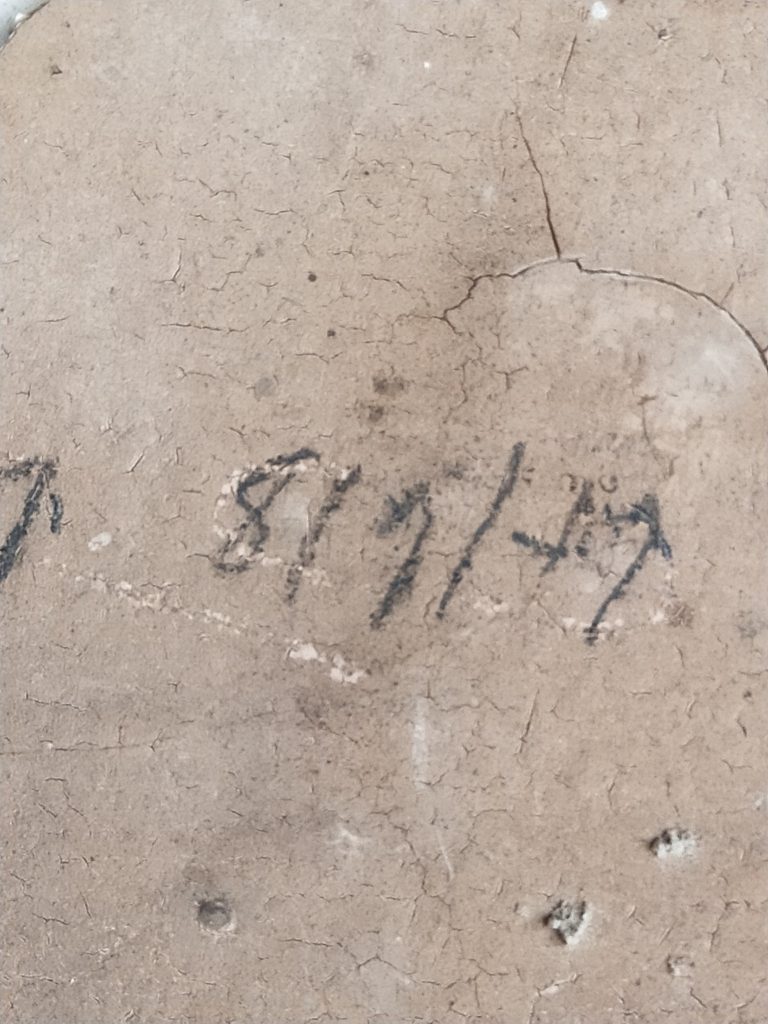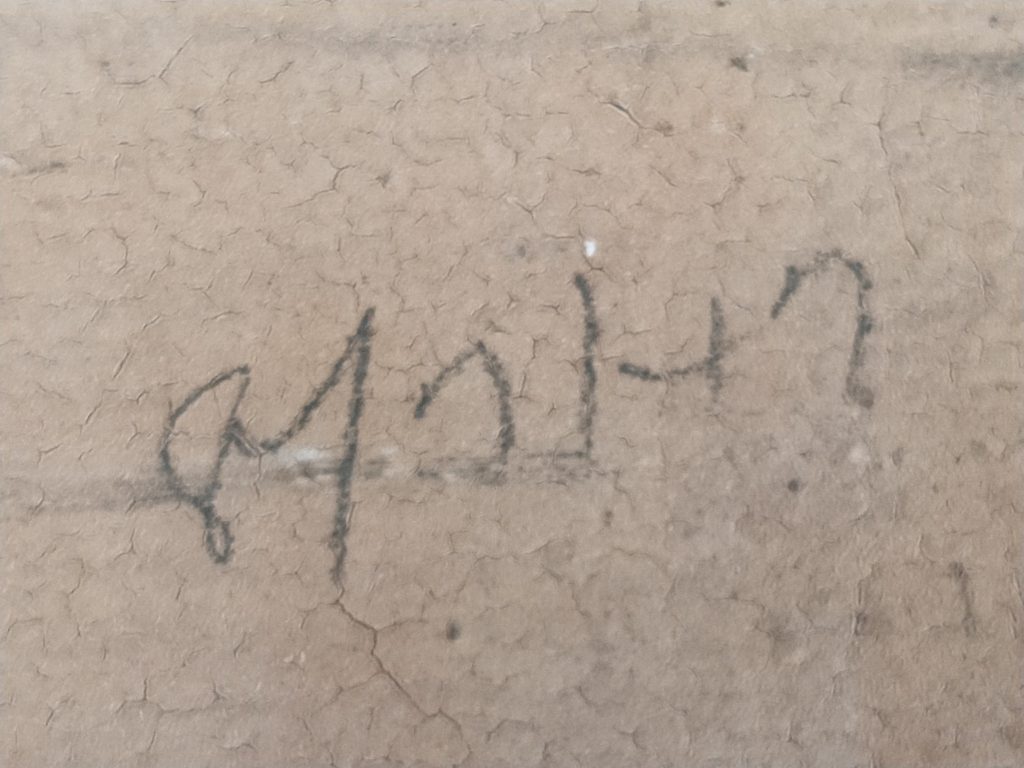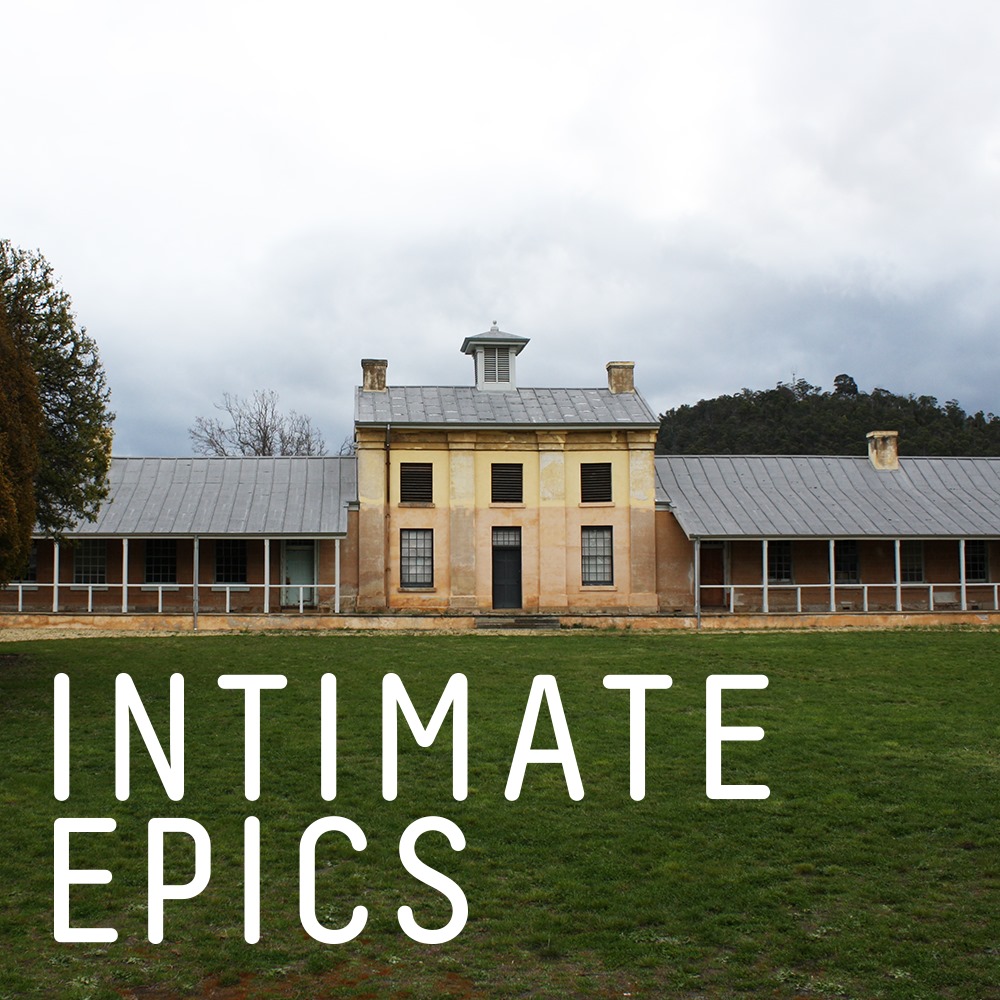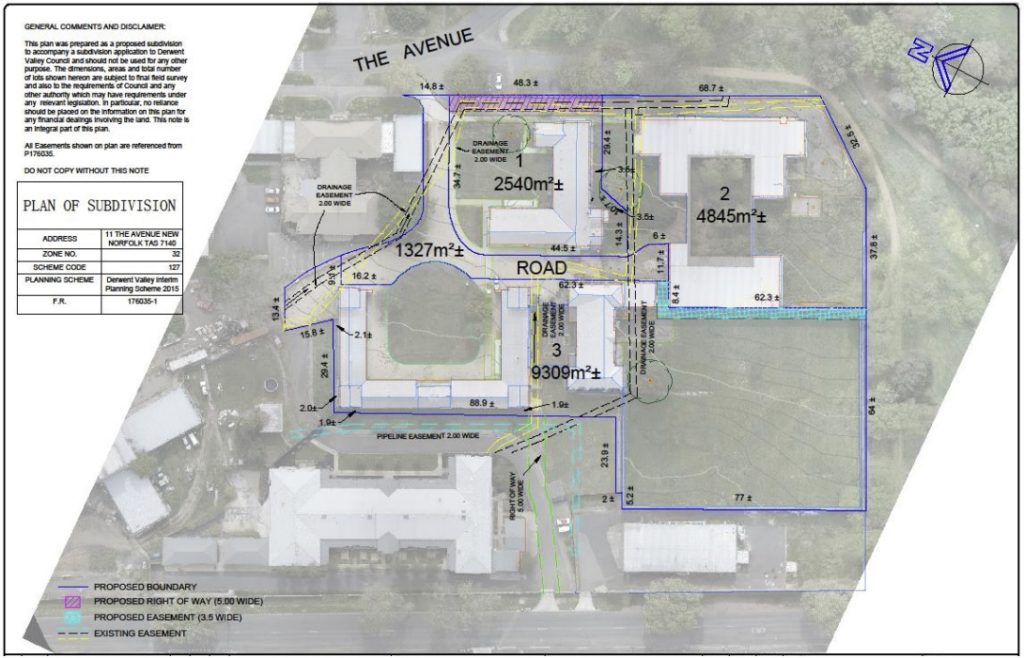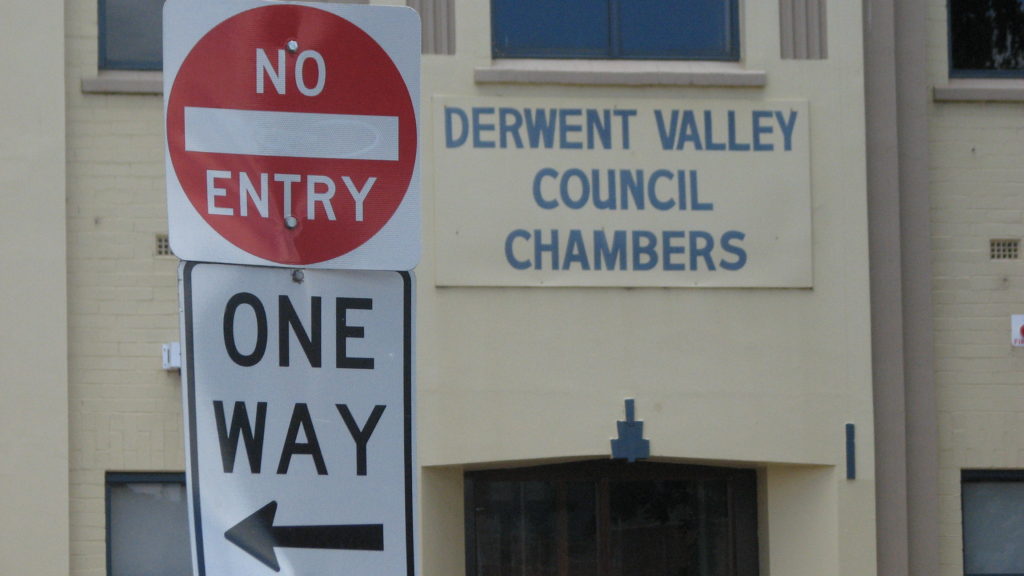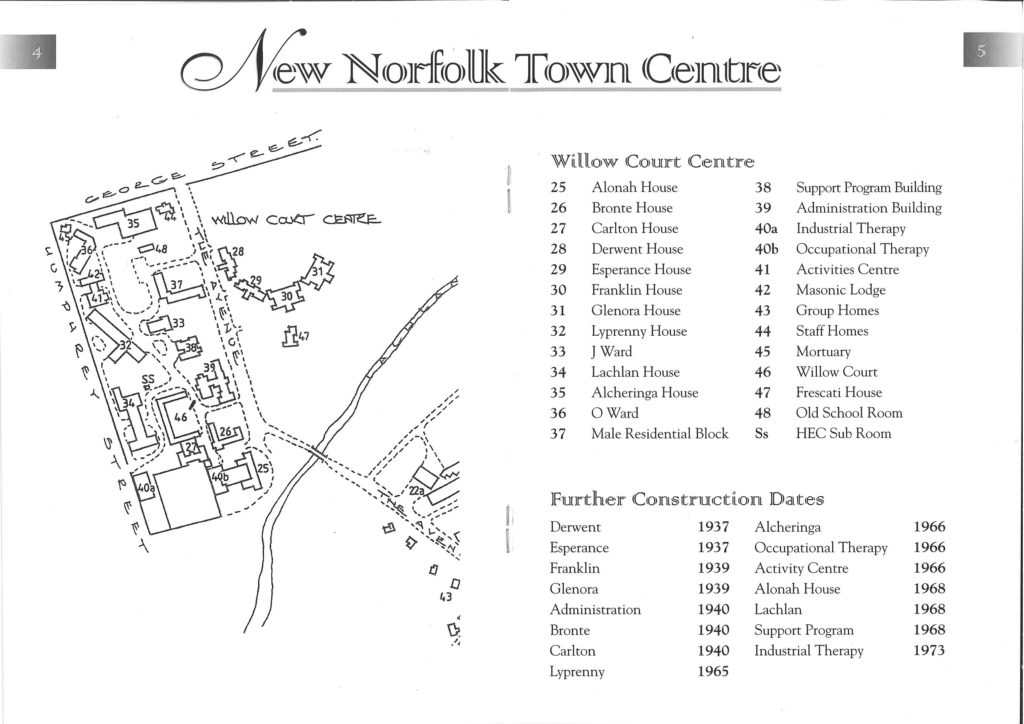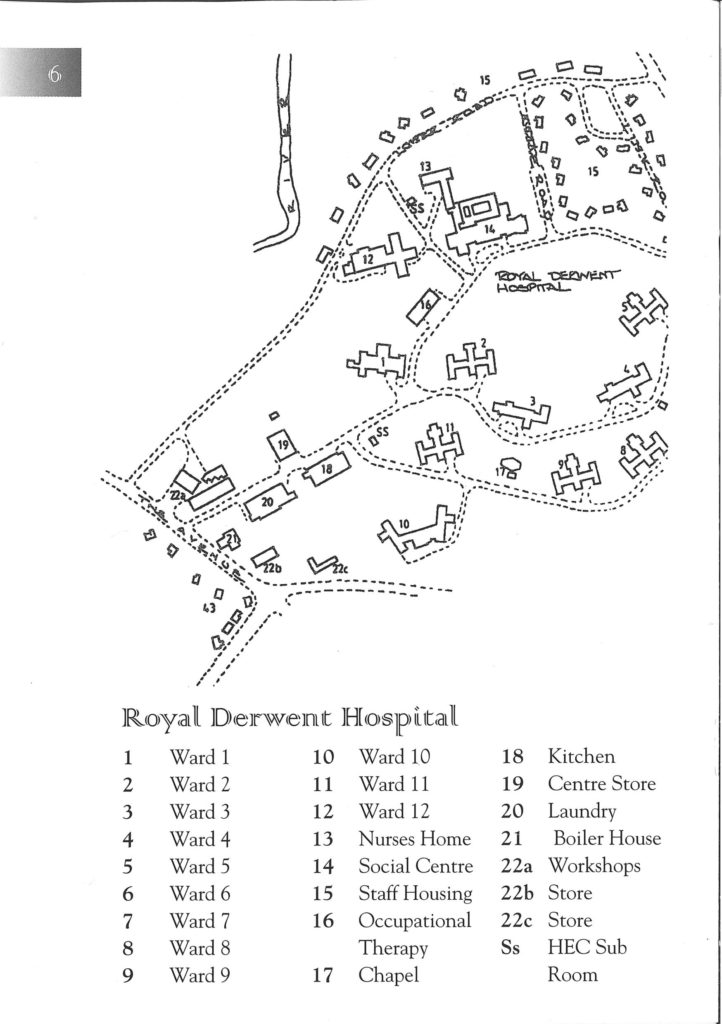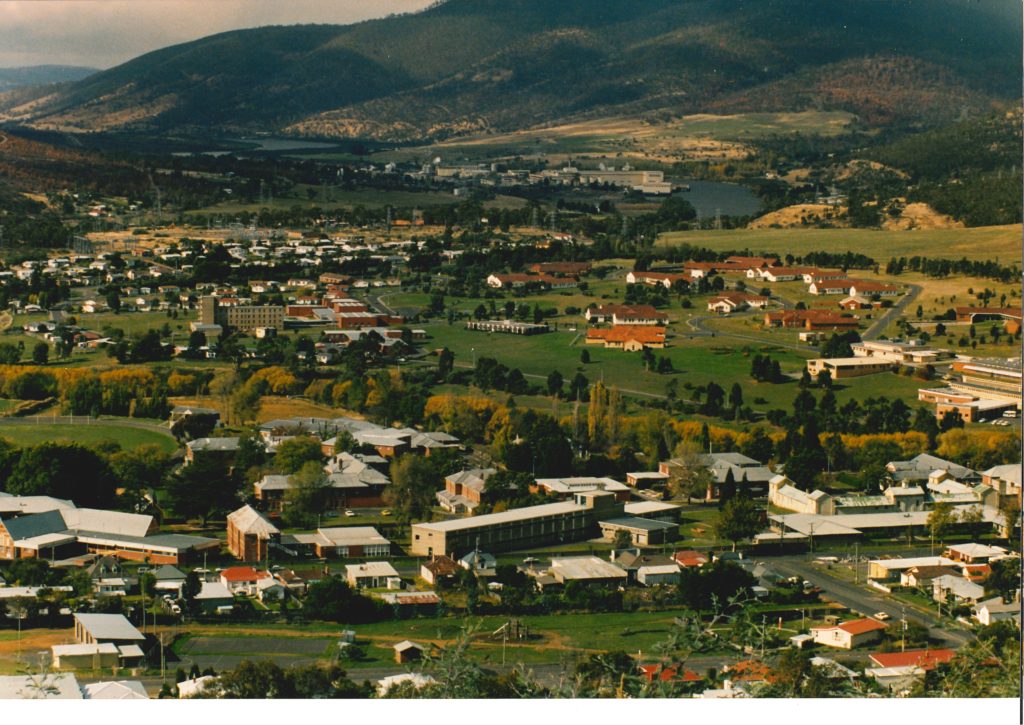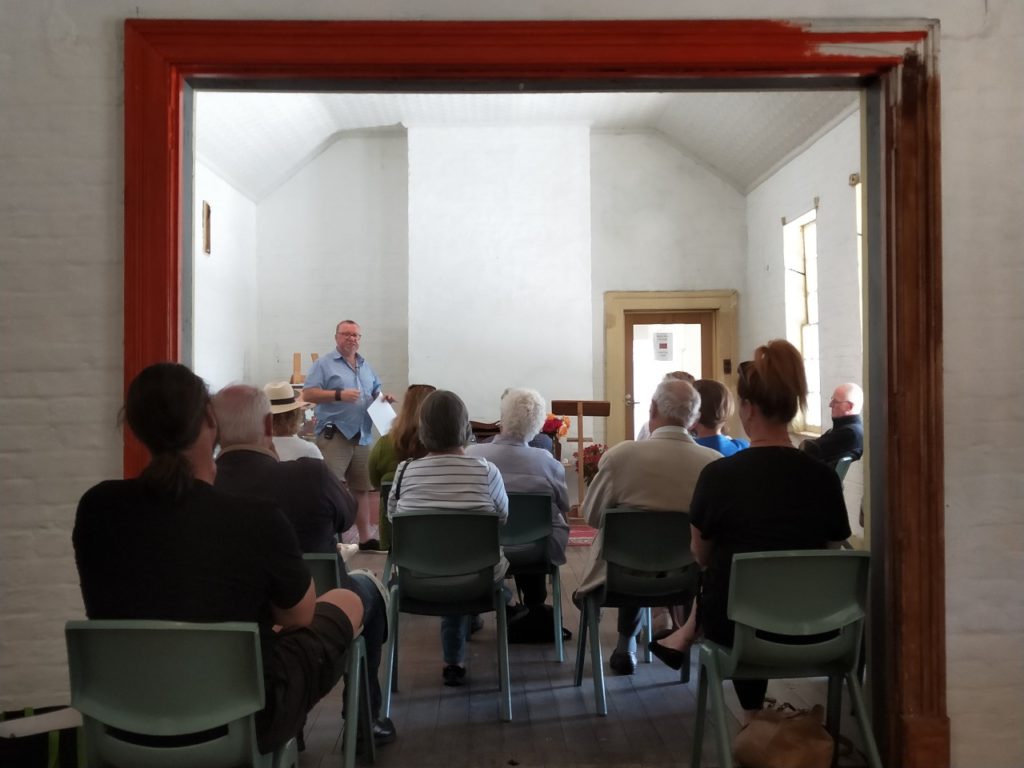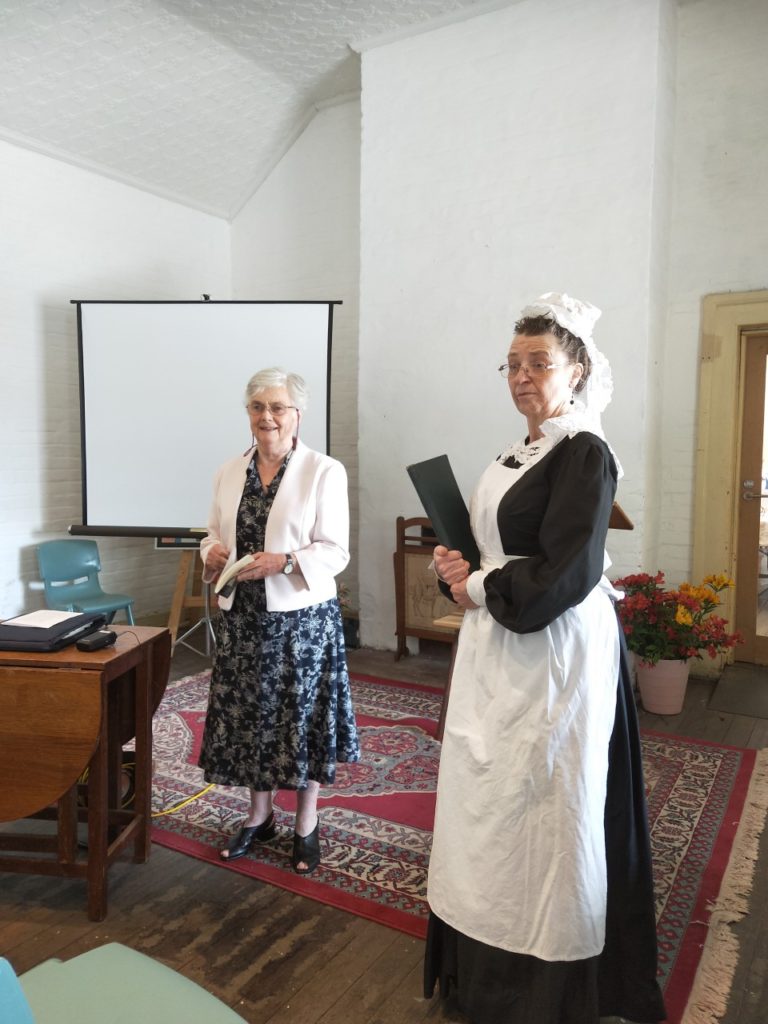Last weekend anyone passing along the Avenue might have noticed a number of signs outside the front of Frascati House, these were placed there by a member of the Friends of Frascati House, a committee of the Derwent Valley Council.
The committee has been at odds with the decisions of the Derwent Valley Council to make a car park at the front of Frascati House and Gardens. Both the gardens and the home were created in the early 1830’s and the DVC put together a committee of community representative to assist with managing and preserving the site, it’s history both physically and socially.
The house was built by John Burnett, Colonial Secretary to Van Diemen’s Land. The Colonial Secretary occupied the home from 1834, after it’s construction, while the Governor was in residence at the Government retreat know as Turriff Lodge. The home was later sold to the Hospital and was used as a residence for the Medical Superintendent and his family. Two granddaughters of Dr Charles Brothers took the time to write a letter to the local news paper (New Norfolk News).
Committee member Sandra Hetherington also wrote a letter to the New Norfolk News (above) expressing her discontent at the Council’s decision to keep making ad hoc decisions about the site in the absence of a master plan. The approved car park will be located next to an existing empty car park. The new car park is meeting demand from the Derwent Valley Arts group, who have taken a short term lease of the east wing of the Barracks for a number of events and exhibitions, the Agrarian Kitchen and the New Norfolk Distillery’s paranormal night tours, which have been subcontracted to Tasmania’s Most Haunted. The proposed New Norfolk Distillery tasting room, function centre and multi story hotel which was approved over two years ago has yet to appear beyond The Public relations companies contract to sell the idea to the local community.
As an update to the story there is an increasing number of signs appearing on the front lawns of Frascati House in a silent but determine protest at the lack of Council’s planning despite already paid for plans which are being ignored.
